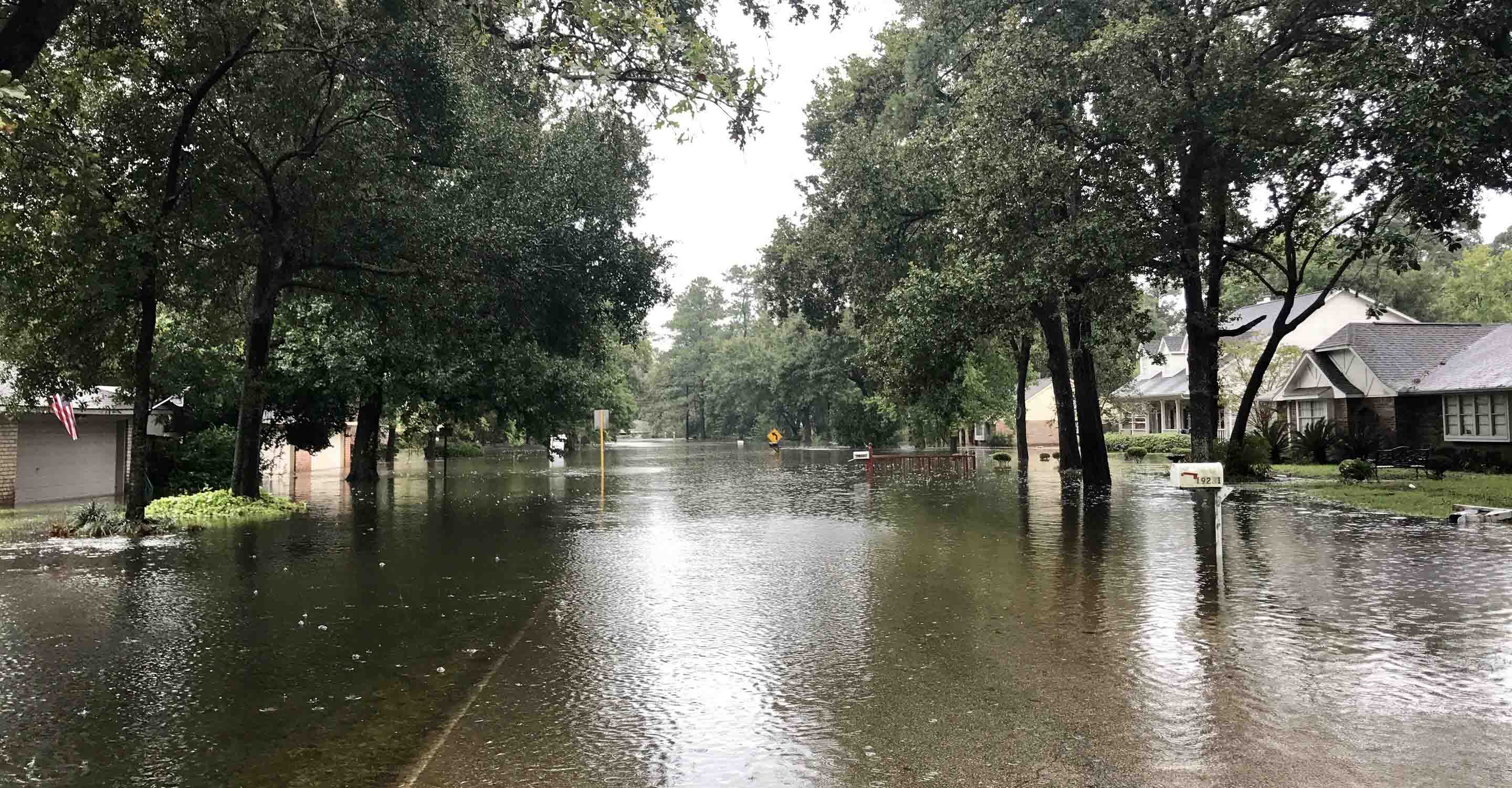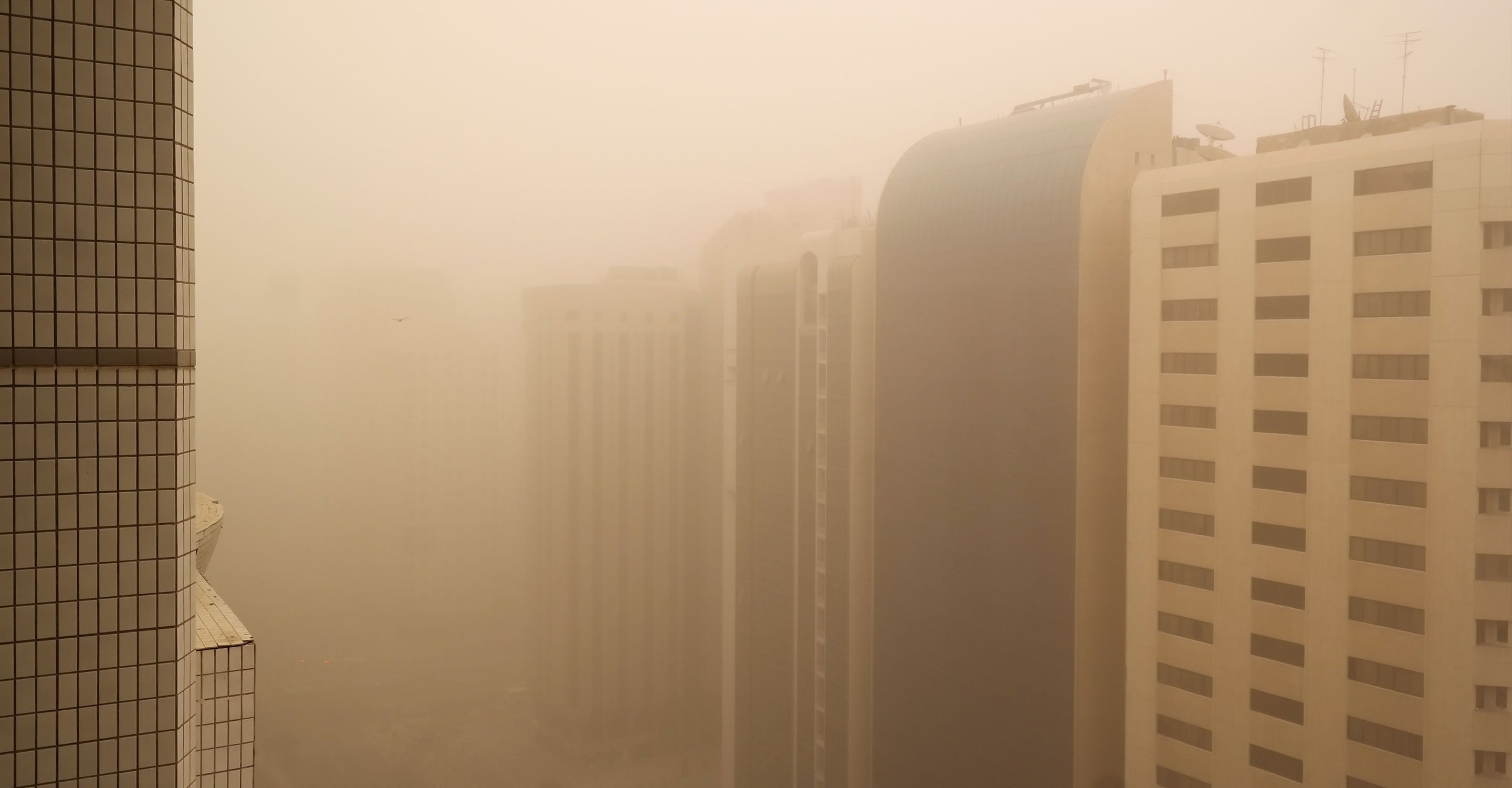Qui Nhon air quality map
Live air pollution map of Qui Nhon
61.4K people follow this city
Full screen
Contributors category
0
Government
0
Educational
0
Non-profit organization
0
Corporate
0
Individual
0
Anonymous
Station(s) operated by

*IQAir’s AQI data modeled using satellite data. Learn more
Health Recommendations
| Sensitive groups should reduce outdoor exercise | |
| Close your windows to avoid dirty outdoor air GET A MONITOR | |
| Sensitive groups should wear a mask outdoors GET A MASK | |
| Sensitive groups should run an air purifier GET AN AIR PURIFIER |
Qui Nhon does not have air sensor data
Be the first to measure and contribute air quality data to your community.
Understand air pollution and protect yourself
Qui Nhon MAP AIR QUALITY ANALYSIS AND STATISTICS
What information can be got from the air pollution map for Qui Nhon?
The air pollution map for Qui Nhon is accessed from the home page or city page. Once selected you will be taken to a dedicated page showing the map of the surrounding area which can be expanded if desired. The colour of the map is probably the first thing a viewer notices which is used as an indication of the general air quality. The meaning of the various colours is explained in the legend at the bottom of the page. Pale green represents the best air quality and dark maroon indicates air that is hazardous, with the rest of the colours in between. There are no ground monitoring stations in Qui Nhon so all the information regarding air quality comes from overhead satellites.
The closest station to Qui Nhon is in Pleiku which is currently showing a yellow colour and a US AQI reading of 76.
From the main city page, it can be seen that the air quality in June 2022 was “Moderate” with a US AQI reading of 74. This is a standard set of metrics which is endorsed by the World Health Organisation (WHO). It is calculated by taking measurements of the six most prolific air pollutants in the city. It can be used when comparing air quality in different cities around the world. The main pollutant in Qui Nhon was PM2.5 with a recorded level of 23.1 µg/m³. The target figure as recommended by the WHO is 5 µg/m³, so this is over four and a half times the suggested safe level.
There is a symbol to depict the position of any fires that are burning within the vicinity of the city. In June 2022. There appeared to be four fires to the west and south west of the city, but unfortunately the prevailing winds will carry the pollution toward the city.
Is any other information available from the air pollution map for Qui Nhon?
The air pollution map for Qui Nhon should be looked at together with the main city page where a large amount of information can be found about air quality in Qui Nhon.
Looking at the air pollution map, on the left-hand side of the screen will be seen four options which can be deactivated if desired. The first choice shows the position of any ground station monitors in or around the city. The second choice shows the position of any active fires burning in the region.The third choice is that of air quality, if it is selected, the overall colour of the map will revert to a more natural configuration which might be easier to comprehend than when it had the coloured hue covering it. The last choice is wind direction which is useful if any fires are burning as you can see if the city will be affected by the ensuing smoke.
On the other side of the screen can be seen a table which shows the current ranking of the cities with the most polluted air.
On the main city page, you will see some advice as to how to cope with air pollution and how best to mitigate its impact. Closing doors and windows to prevent the polluted air from getting into the building and limiting time outside when the air is particularly bad.
A brief forecast can be seen which shows the current temperature, humidity, wind speed and air pressure. There then follows an AQI (air quality index) forecast for the next few days which gives the projected air quality in the city for the next few days.
Can areas of high pollution be identified on the air pollution map for Qui Nhon?
It is not really possible to accurately see the areas of high air pollution on the map for Qui Nhon. The darker colours represent poor quality air but that covers most of the area. There are just a few pockets of paler colours where the air quality is a little better. When the data is collected from satellite imagery, the state of the air is regarded on the whole and not looked at from individual areas.
Residents may well know where the industrial zones and craft villages are as well as other areas responsible for creating pollution. The city centre is often more polluted than the residential areas due to the high volume of traffic during the morning and evening commutes.
Does the air quality map for Qui Nhon show where the air pollution comes from?
The quality of the air environment in general and in big cities in particular is affected by the generation of dust and emissions from socio-economic development activities and transportation. In which, emissions from road vehicles, especially cars, motorcycles and trucks account for the largest proportion and also account for a large proportion of the total emissions causing urban air pollution.
We see PM2.5 mentioned on the air pollution map for Qui Nhon, but what does it mean?
In addition to gaseous pollutants, the ambient air can also be polluted by particles. These particles (in suspension, liquid or solid), of varying composition and size, are sometimes referred to as "aerosols". They are often catalogued under the heading of “suspended matter” and they are often referred to as PM (short for “Particulate Matter”).
This suspended matter is usually classified on the basis of the 'aerodynamic diameter'. The aerodynamic diameter of a dust particle is the diameter of a spherical particle that exhibits the same behaviour in the ambient air as a dust particle (which does not necessarily have a spherical shape). In the context of the air quality problem, particulate matter is especially important.
Larger particles are quickly deposited on the ground by gravity or washed out by rain after entering the atmosphere. The finer particles can remain in the atmosphere for longer (several days to weeks). Consequently, these finer particles can be transported over longer distances. Due to the longer residence time in the atmosphere, the composition and properties of the particles can change through physicochemical processes.








